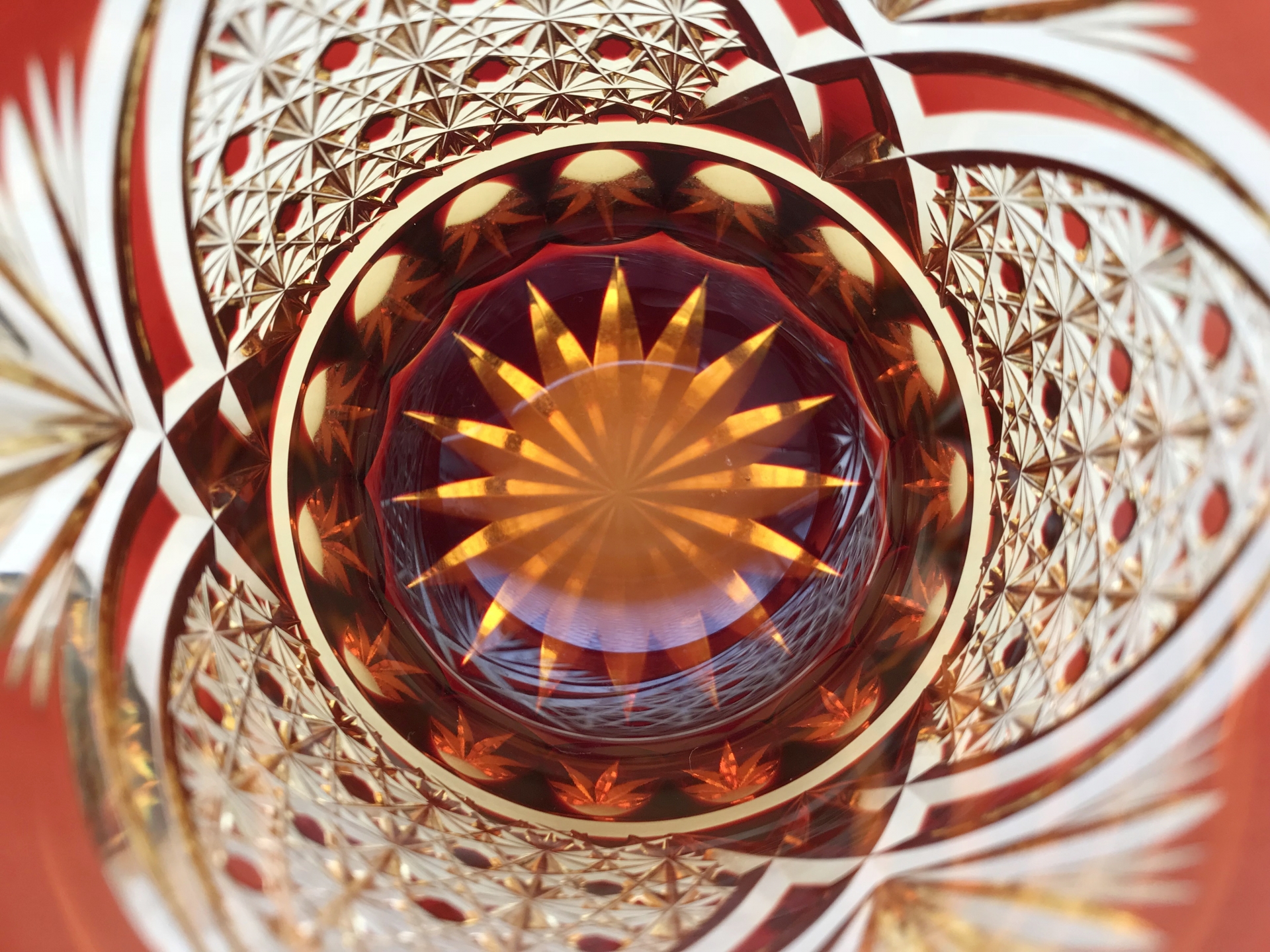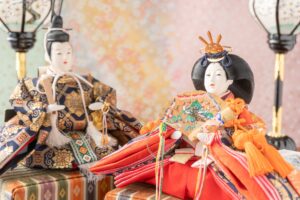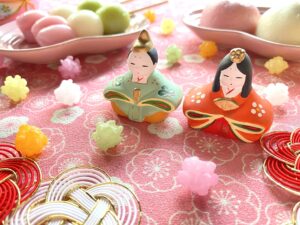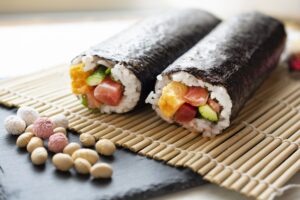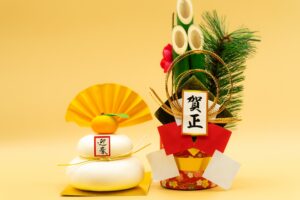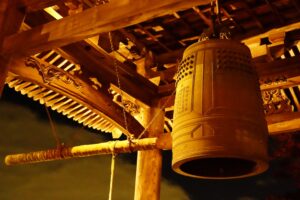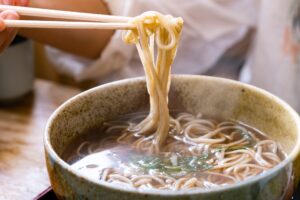What is Edo Kiriko?
Edo Kiriko is a traditional Japanese craft that involves intricate glass cutting to create stunning patterns and designs. This art form originated in the Edo period (1603-1868), when glass was introduced to Japan. Over the centuries, Edo Kiriko has evolved into a symbol of Japanese craftsmanship and cultural heritage. Its significance lies not only in its beauty but also in the meticulous techniques passed down through generations of artisans. Today, Edo Kiriko is celebrated as a representation of Japan’s rich cultural history, showcasing the delicate balance of tradition and modernity in Japanese art.
The Art of Crafting Edo Kiriko
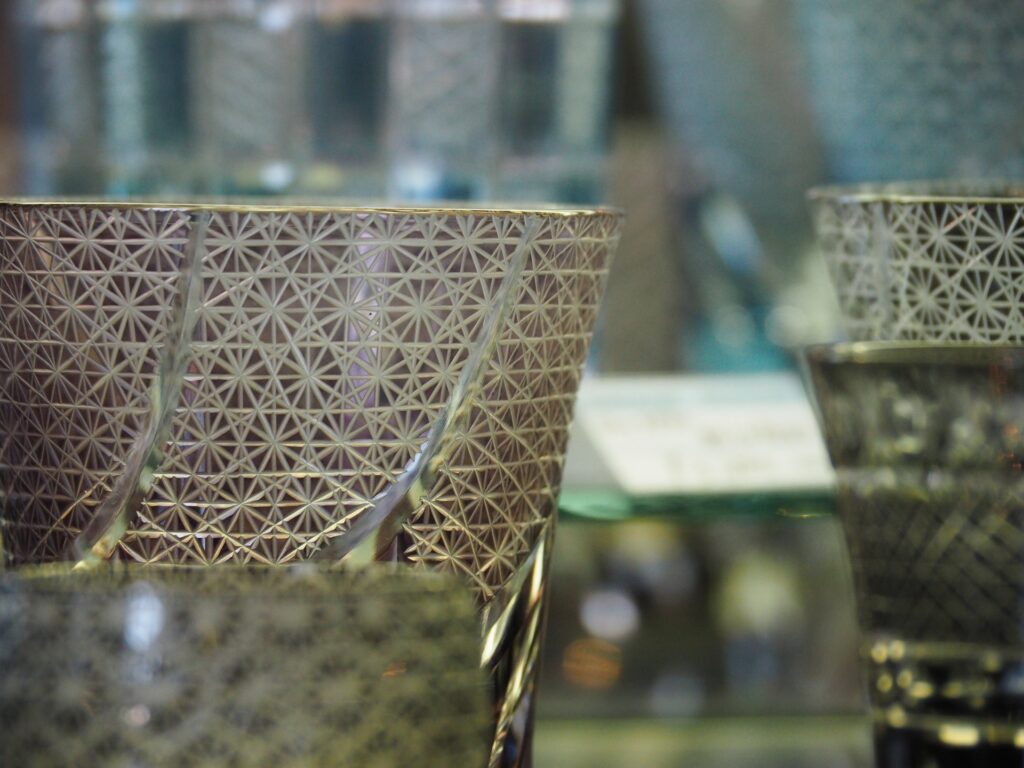
The creation of Edo Kiriko is a meticulous process that requires both skill and patience. The materials used are typically high-quality glass, chosen for its clarity and durability. The process begins with selecting the right piece of glass, which is then carefully cut using a diamond-tipped tool. Each cut is precise, and artisans must have a steady hand to ensure the patterns are symmetrical and clean. Once the initial cuts are made, the glass is polished to bring out its brilliance. The polishing process can take several hours and is essential to enhance the patterns and give the glass its signature shine.
Common Patterns and Designs in Edo Kiriko
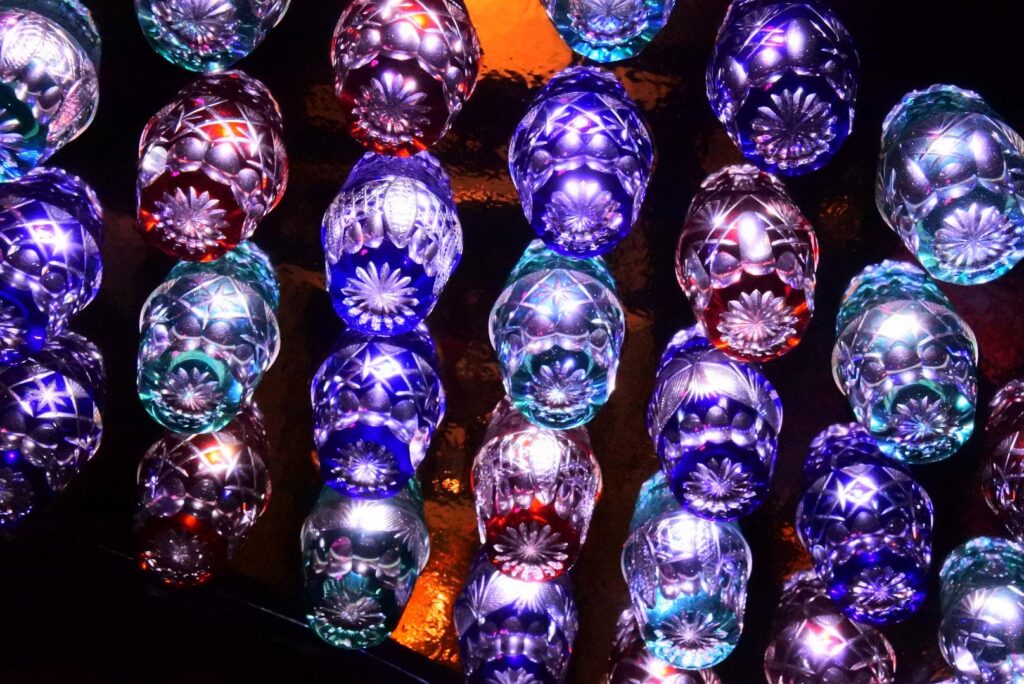
Edo Kiriko is known for its unique patterns, each carrying cultural and symbolic significance. Popular designs include the nanako (fish eggs) pattern, which symbolizes fertility and abundance, and the kiku-tsunagi (chrysanthemum) design, representing longevity and rejuvenation. These patterns are often inspired by nature, reflecting the Japanese appreciation for the natural world. The intricate designs are not only visually appealing but also deeply connected to Japanese aesthetics, making Edo Kiriko a cherished art form.
Cultural Significance of Edo Kiriko
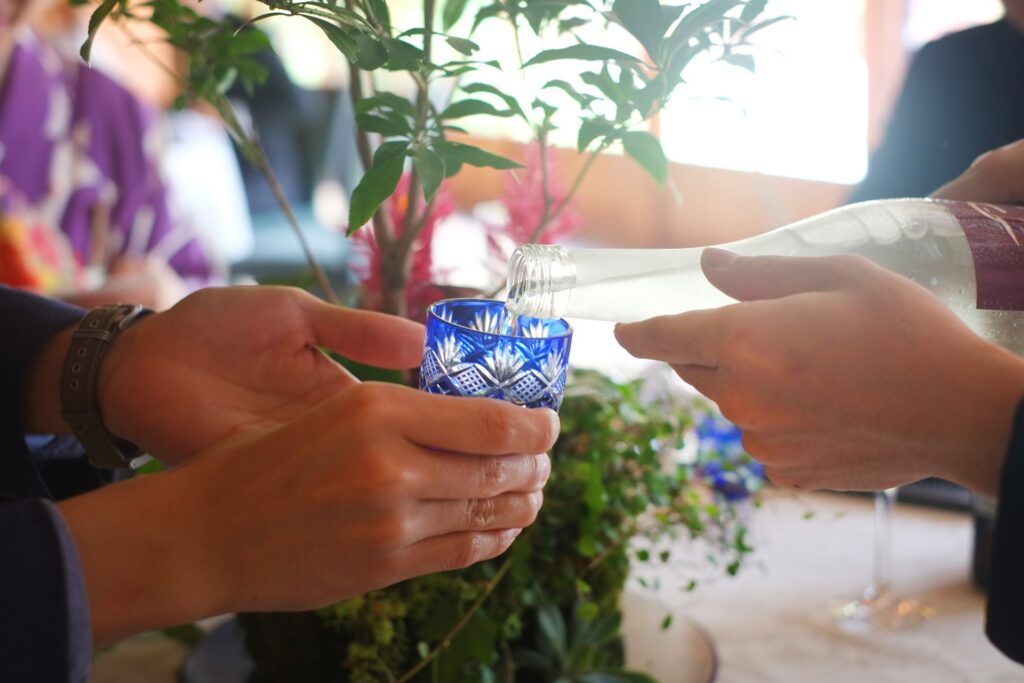
Edo Kiriko is more than just a decorative craft; it holds significant cultural value in Japan. Traditionally, Edo Kiriko items have been used in Japanese ceremonies, such as tea ceremonies, where their elegance adds to the ritual’s aesthetic. They are also popular as gifts, symbolizing respect and admiration for the recipient. In modern times, Edo Kiriko continues to be a vital part of Japan’s cultural exports, representing the country’s rich artistic heritage and the dedication of its artisans to preserving traditional craftsmanship.
Where to Experience Edo Kiriko
Visitors to Japan, particularly Tokyo, have the opportunity to experience Edo Kiriko firsthand. Several workshops and studios offer classes where participants can learn the art of glass cutting from skilled artisans. These workshops typically provide all the necessary tools and materials, and participants can take home their handmade Edo Kiriko piece as a unique souvenir. Popular workshops are located in the traditional neighborhoods of Tokyo, where visitors can immerse themselves in the rich cultural atmosphere while creating their glass masterpieces.
Purchasing Edo Kiriko: What to Look For

For those looking to buy authentic Edo Kiriko, it’s essential to know how to distinguish genuine pieces from imitations. Authentic Edo Kiriko is handmade, and each piece will have slight variations that signify its uniqueness. Look for reputable stores and online platforms specializing in traditional Japanese crafts. Some well-known stores offer certificates of authenticity to guarantee the quality of their products. When purchasing Edo Kiriko, examining the clarity of the glass, the precision of the cuts, and the overall craftsmanship can help ensure that you are buying a genuine piece.
Edo Kiriko in Contemporary Design

In recent years, Edo Kiriko has found its way into modern design, blending traditional craftsmanship with contemporary aesthetics. Designers are incorporating Edo Kiriko patterns into various products, including home decor items, jewelry, and even architectural elements. This fusion of old and new not only keeps the tradition alive but also introduces Edo Kiriko to a broader audience. The versatility of these patterns makes them suitable for modern interiors, adding a touch of elegance and cultural depth to any space.
Conclusion
Edo Kiriko remains a testament to Japan’s dedication to preserving its cultural heritage while embracing modernity. Its intricate patterns, combined with the skill of its artisans, make each piece a work of art. Whether you are an art enthusiast, a traveler, or simply someone looking to learn more about Japanese culture, Edo Kiriko offers a fascinating glimpse into the world of traditional Japanese craftsmanship. By exploring its history, participating in workshops, or purchasing authentic pieces, you can experience the beauty and artistry that Edo Kiriko brings to life.

